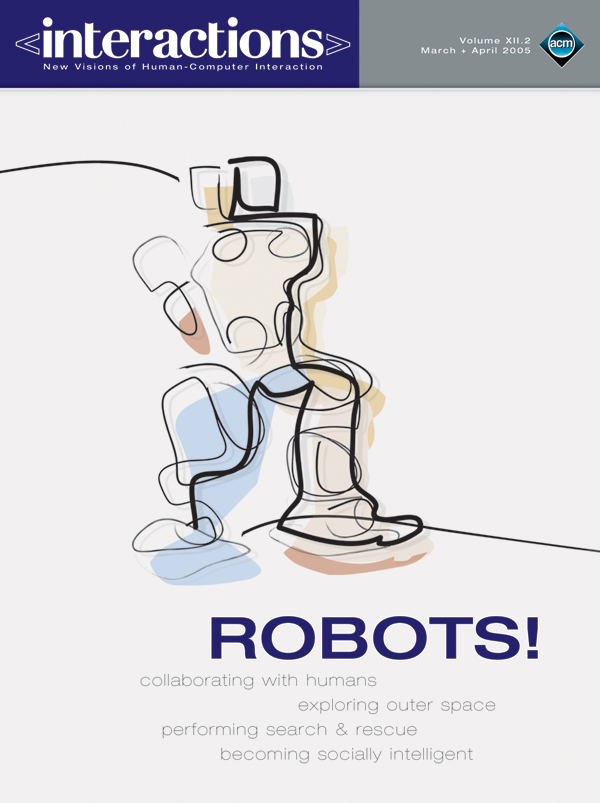Authors:
Terrence Fong, Illah Nourbakhsh
In January 2004, NASA established a new, long-term exploration program to support the President's "Vision for U.S. Space Exploration." The primary goal of this program is to establish a sustained human presence in space, beginning with robotic missions to the moon in 2008, followed by extended human expeditions to the moon as early as 2015. Moreover, the program places significant emphasis on the development of joint human-robot systems: NASA will send human and robotic explorers as partners, leveraging the capabilities of each where most useful. Robotic explorers will visit new worlds first, to obtain scientific data, assess risks to…
You must be a member of SIGCHI, a subscriber to ACM's Digital Library, or an interactions subscriber to read the full text of this article.
GET ACCESS
Join ACM SIGCHIIn addition to all of the professional benefits of being a SIGCHI member, members get full access to interactions online content and receive the print version of the magazine bimonthly.
Subscribe to the ACM Digital Library
Get access to all interactions content online and the entire archive of ACM publications dating back to 1954. (Please check with your institution to see if it already has a subscription.)
Subscribe to interactions
Get full access to interactions online content and receive the print version of the magazine bimonthly.







Post Comment
No Comments Found